'We need more homes to ease the housing crisis'

Chelmsford City Council leader Stephen Robinson says more homes are needed
- Published
A council leader struggling to find accommodation for nearly 500 households accepts more homes must be built, but says new targets will prove a "challenge".
Stephen Robinson, the Liberal Democrat leader of Chelmsford City Council, said governments had failed over 30 years to build enough homes.
The city has hundreds of people stuck in temporary accommodation and is being asked to work with developers to build more homes to hit government pledges.
Mr Robinson said: "It doesn’t matter whether you are a family with two children, or a youngster just starting out, everyone is struggling to get a home they can afford."
New targets across Essex
The new Labour government has revised housing targets for local councils in an effort to meet its pledge to build 1.5 million homes in the next five years.
It means many councils in Essex will need to find more sites for housing with the Chelmsford district, which includes South Woodham Ferrers, Stock and Great Leighs, seeing its annual target revised to 1,406 homes, up from the previous target of 913.
Mr Robinson added: "It is going to be a challenge, but Chelmsford has a strong record of development and building homes through the local plan system to create homes for families that need them.
"As a country, the government has not ensured, for 30 years, that we build enough homes."
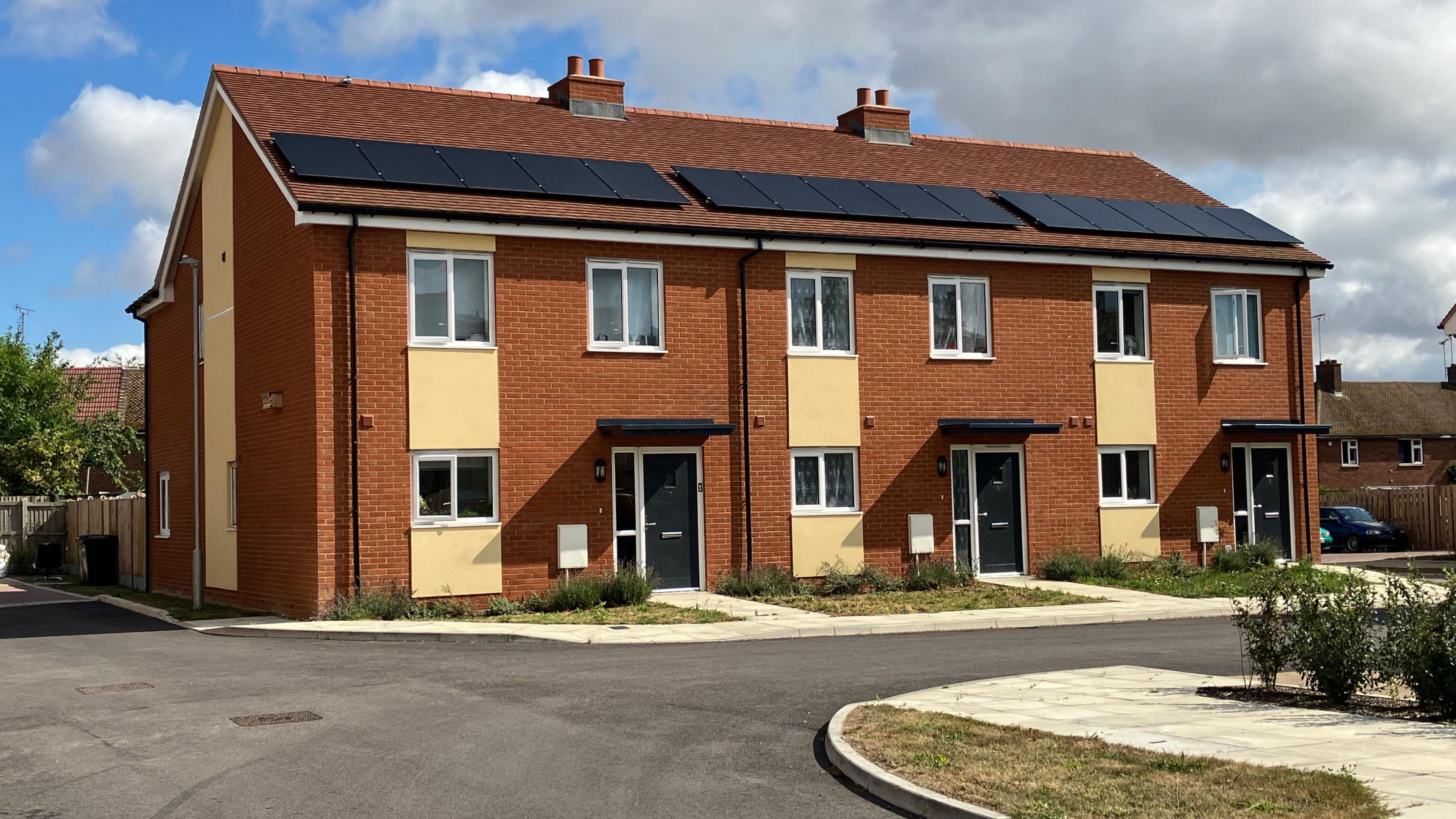
St Michaels Place offers new homes to those on Chelmsford's housing waiting list
St Michaels Place in the north of the city was the first social rentable housing development built by the council and its partners for 10 years, and has provided 12 modern houses.
Two further developments are planned on underused council car parks at Glebe Road and Rectory Lane, but the council leader admitted there was a long way to go with 480 people on the council's housing waiting list and 1,000 more on the general housing needs register, who are households in too small a property for their needs.
Mr Robinson said: "If you are on the housing waiting list and you need a three- or four-bedroom house you can be waiting for over two years, sometimes three.
"There are 12 properties here and then there's 58 other properties on six sites across Chelmsford on land owned by the council, but that's only a drop in the ocean of what's needed."
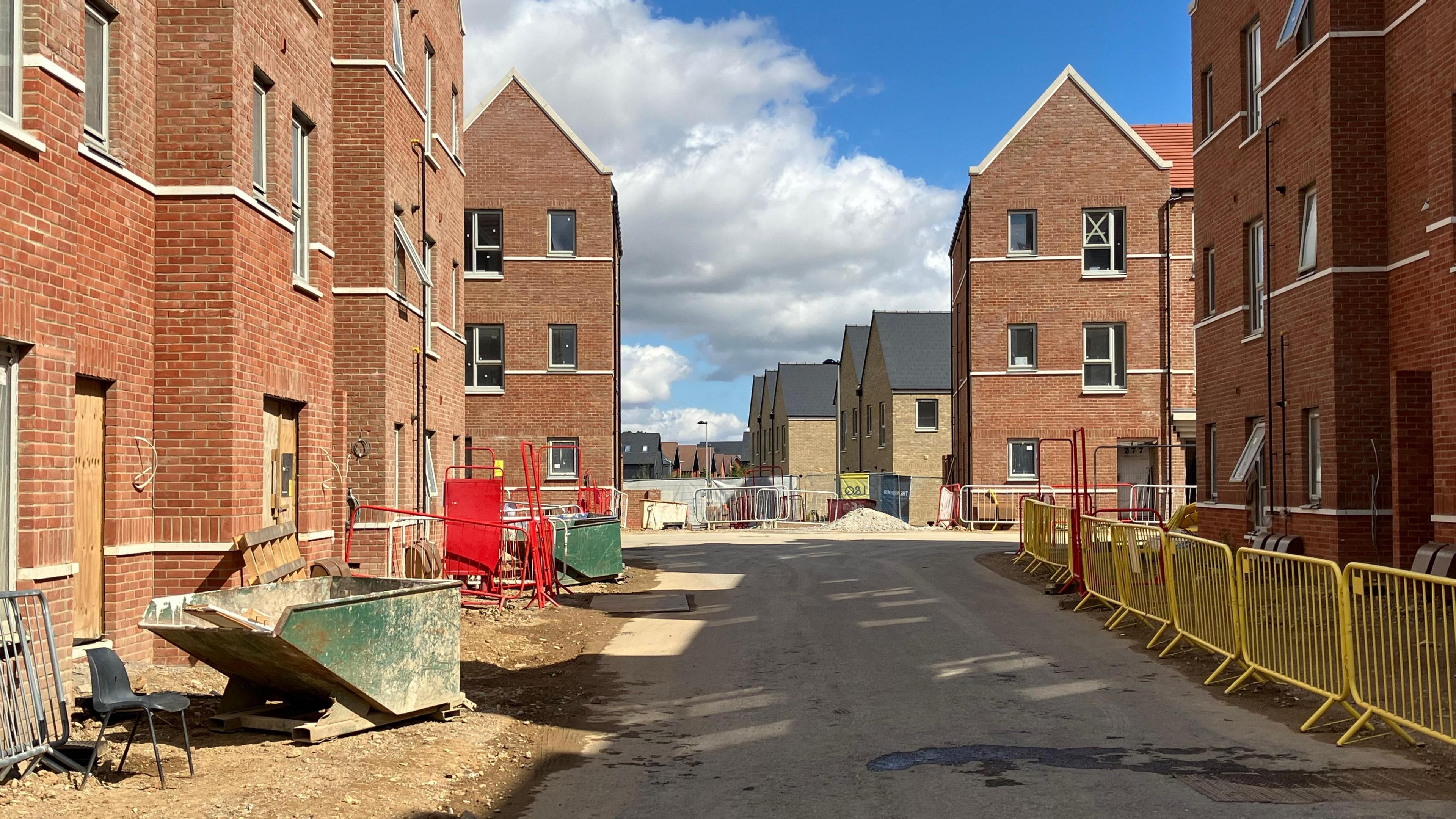
Building work is ongoing at developments like Beaulieu Park in Chelmsford
Over in Epping Forest, the revised homes target has jumped to 1,210, up from 725.
In Basildon, it has risen to 1,291 from 1,039, and in Castle Point it has nearly doubled from 349 a year, to 685.
However, the number in Thurrock has gone down, from 1,158 to 1,066.
A new all-independent council in Castle Point largely came to power due to concerns over development on the green belt with the administration scrapping a previous local plan on taking office.
Tom Gibson, cabinet member for assets and special projects, urged Castle Point's residents to respond to a consultation on their new local plan and the government's proposed changes to how targets are set.
"I think the only way to prevent that more recent high number from becoming the reality is for both local government as an institution to push back on it because we don’t think we can take those sort of numbers," he said.
Revised annual housing targets in Essex by district:
Basildon - 1,291 (was 1,039)
Braintree - 1,098 (was 813)
Brentwood - 691 (was 511)
Castle Point - 685 (was 349)
Chelmsford - 1,406 (was 913)
Colchester - 1,290 (was 1,043)
Epping Forest - 1,210 (was 725)
Harlow - 648 (was 514)
Maldon - 544 (was 276)
Rochford - 675 (was 356)
Southend - 1,372 (was 1,173)
Tendring - 1,043 (was 770)
Thurrock - 1,066 (was 1,158)
Uttlesford - 749 (was 645)
On launching the new housing targets earlier this summer, the government said mandatory numbers were being restored while the method used to calculate them would be updated to add "an extra level of ambition" in areas were house prices were higher.
It also said the default answer for planning applications on brownfield sites should be "yes".
In an announcement this week, the government said it was creating a New Homes Accelerator team to speed up house building.
Deputy Prime Minister, Angela Rayner, said it would "identify blockages [and] support local authorities and developers to get shovels in the ground".
"For far too long, the delivery of tens of thousands of new homes has been held back by a failure to make sure the development system is working as it should," she said.
Consultation on changes to the National Planning Policy Framework closes on 24 September.
'Nimbyism'
Having visited the new homes in Chelmsford, it’s hard to imagine St Michaels Place was once home to a small chapel and playground.
It has been transformed into 12 new homes with all the mod cons you can imagine.
Solar panels adorn the roofs, there are electric car charging points on show and they even come fitted with air-source heat pumps – gone are the gas boilers.
But the truth is these are just “a drop in the ocean” of what’s needed. Councils will use their own pockets of land and build social housing, but the big challenge will emerge when developers come forward with their own proposals.
Will councillors cave in to nimbyism (not in my back yard)? Or will they deliver the new homes for the next generation?
Follow Essex news on Facebook, external, Instagram, external and X, external. Got a story? Email eastofenglandnews@bbc.co.uk, external or WhatsApp us on 0800 169 1830
Related topics
- Published30 July 2024
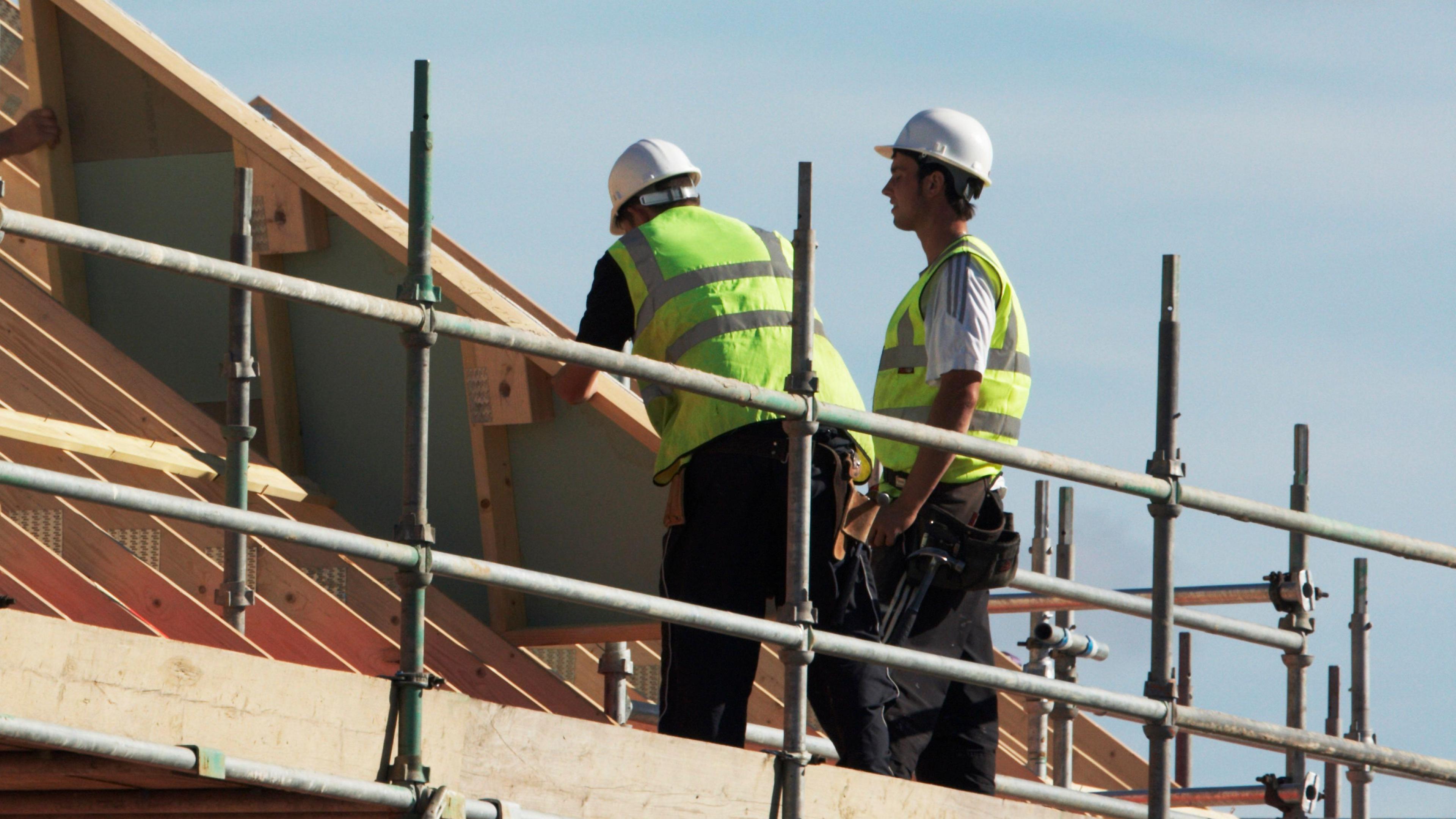
- Published6 August 2024
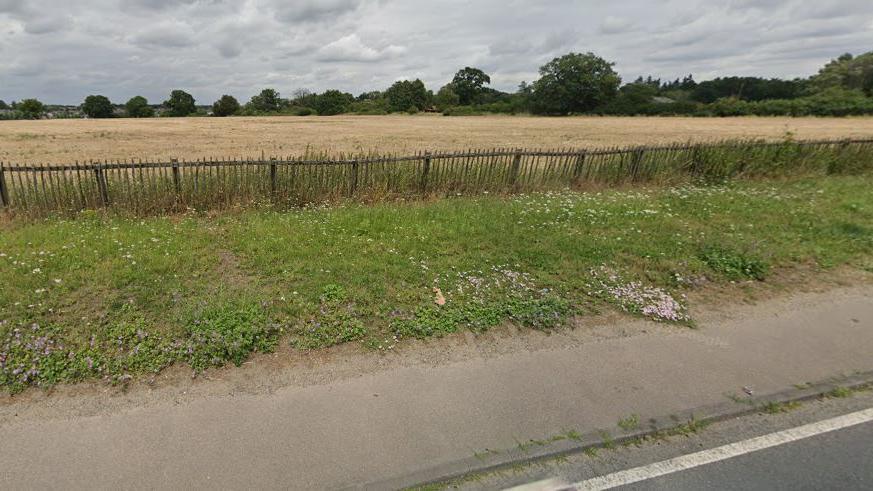
- Published14 July 2024
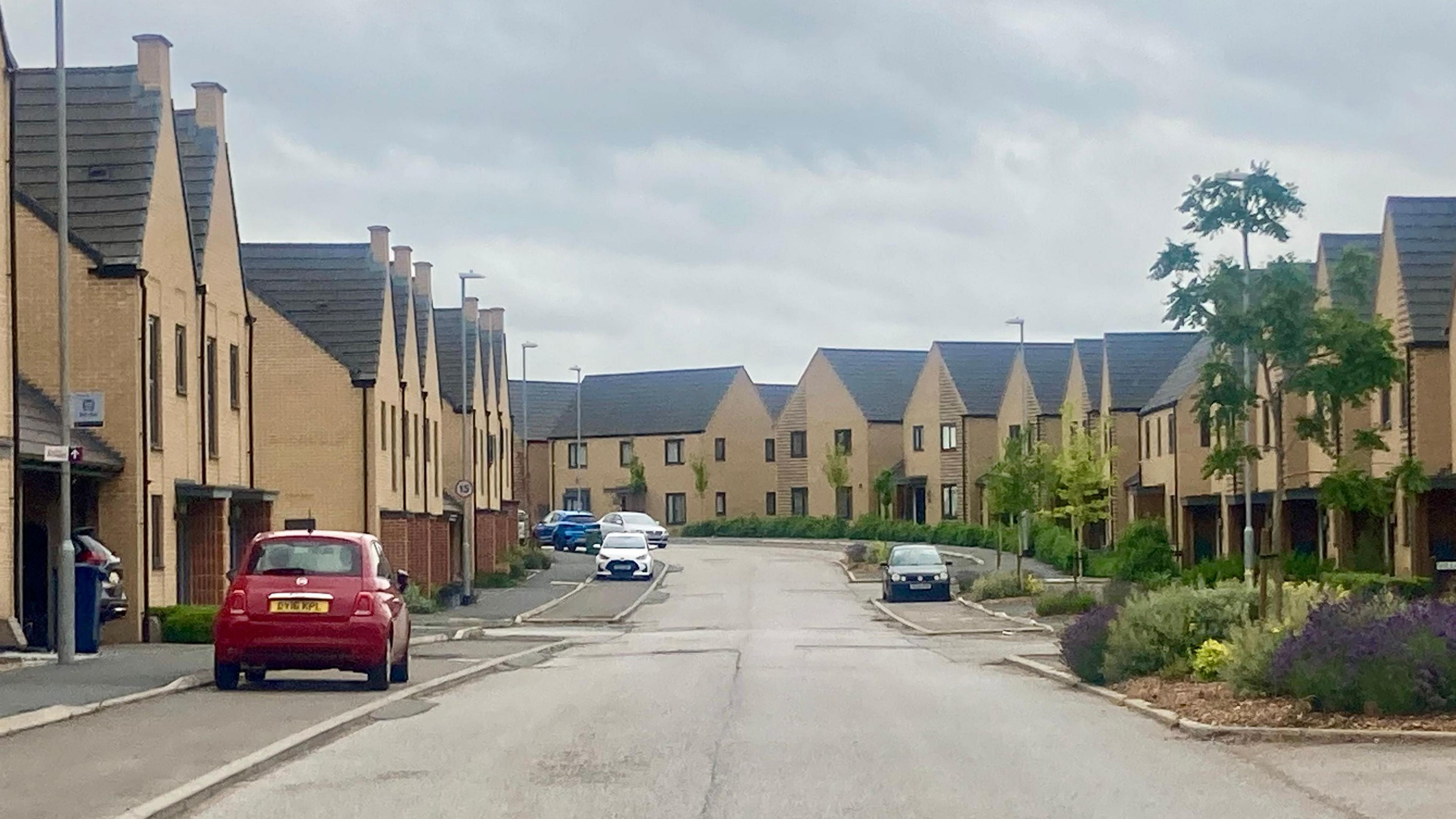
- Published14 January 2022
